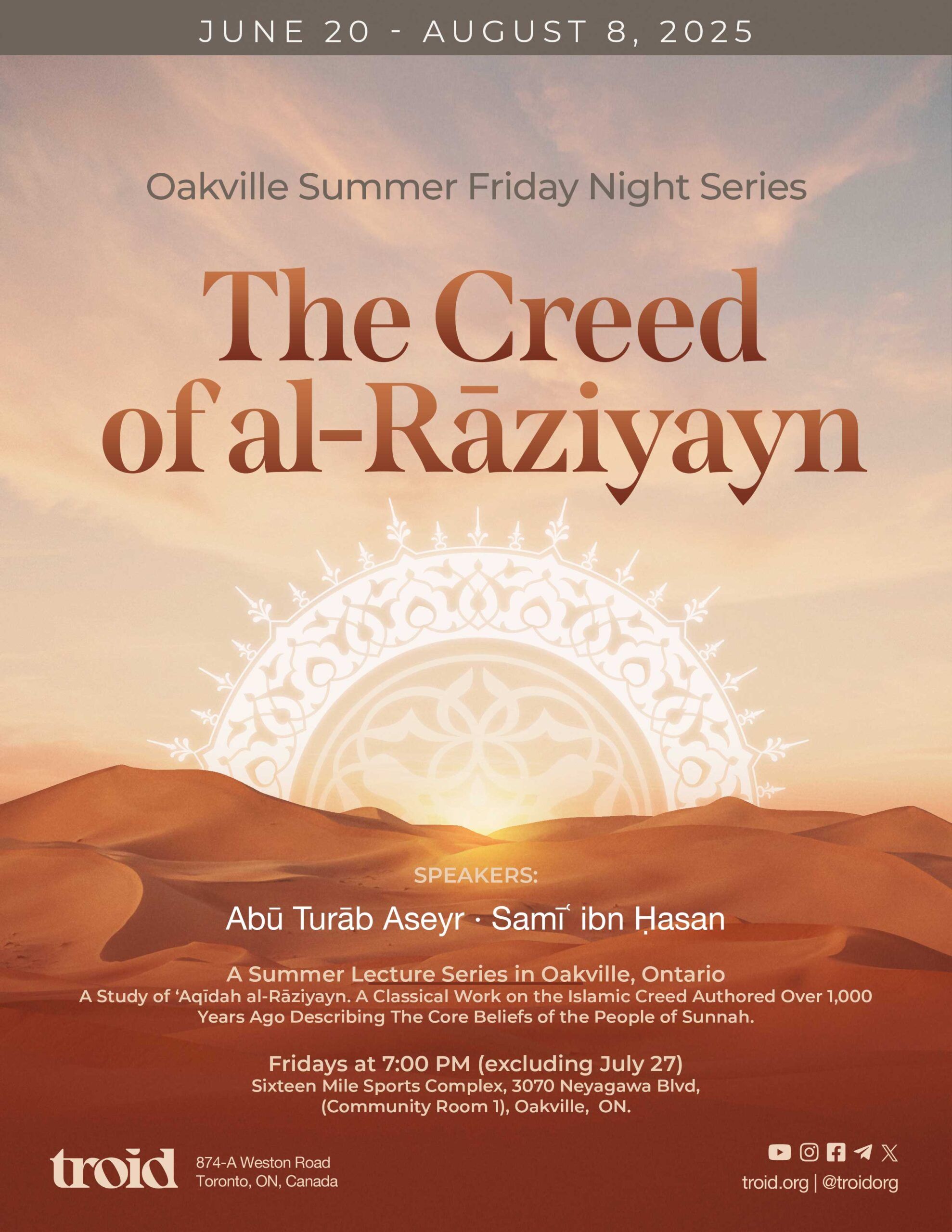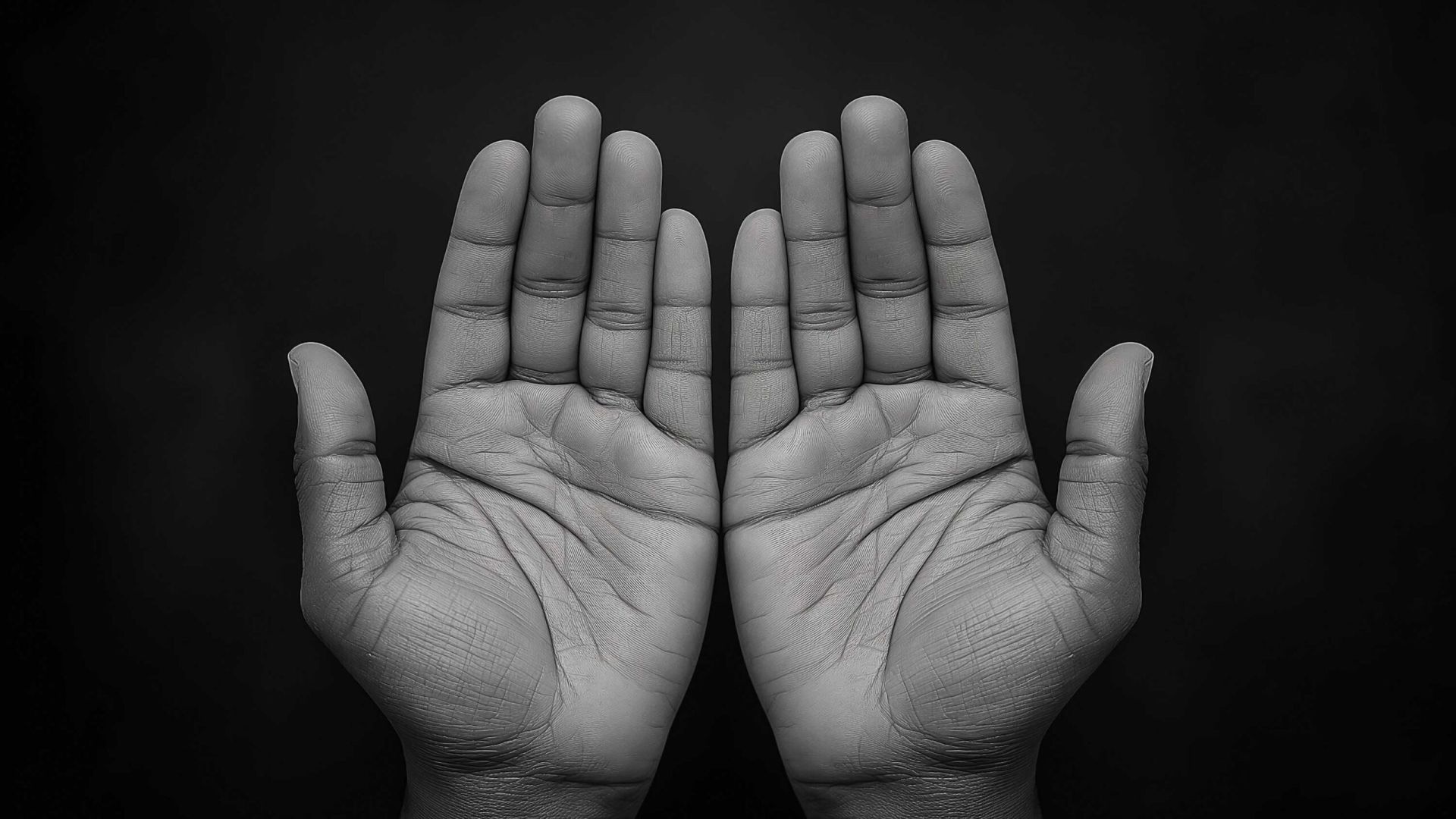The Ruling on the Qazaʿ Haircut
Imām Muḥammad ibn Ṣāliḥ al-ʿUthaymīn


Shaykh Muḥammad ibn Ṣāliḥ al-ʿUthaymīn (d. 1421 AH) said:
Al-Qazaʿ which is to shave some of the head and leave the rest is disliked [makrūh].
This [action] is of different types:
- To shave indiscriminately: from the right and left sides, from the back and from the forehead [while still leaving some hair].
- To shave the top of the head and leave the sides.
- To shave the sides and leave the top. Imām Ibn al-Qayyim (raḥimahullāh) said [concerning this act]: “As is the practice of many of the bottom-feeders (and riffraff).”1
- To shave [the hair closest] to the forehead and leave the rest.
Al-Qazaʿ is disliked [makrūh] because when the Prophet (ﷺ) saw a boy who had shaved some of his head and left the rest, he forbade [the Muslims] from doing so, saying:
“احلقوا كله أو اتركوا كله”
“Shave it all or leave it all”2
[It is makrūh] except if one resembles the disbelievers in [his shaving], in which case it is ḥarām. This is because [intentionally setting out] to resemble the disbelievers is ḥarām.
The Prophet (ﷺ) said:
“من تشبّه بقوم فهو منهم”
“Whoever sets out to resemble a people is from them”3
Considering this, if we were to see someone who has shaved some of his head and left the rest, we will order him to shave all of it. Then, we would order him to either [continue] shaving all of it [as it grows back], or leave all of it.
Endnotes
1. See ‘Tuḥfah Al-Mawdūd’: 100
2. Authentic: Narrated by Imām Aḥmad 2: 88 and Abū Dāwūd: 4195. Graded authentic by Ibn ʿAbd al-Hādī in ‘Al-Muḥarar’: 36 and Ibn Kathīr in ‘Irshād Al-Faqīh’ 1:33.
3. Authentic: Narrated by Imām Aḥmad 2:50 and Abū Dāwūd: 4031. Graded authentic by Ibn Taymiyyah in ‘Al-Iqtiḍāʾ’:82.
Source: Al-Sharḥ al-Mumtiʿ1: 167-168
Translated by: Riyāḍ al-Kanadī

















